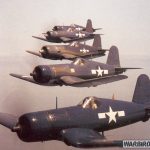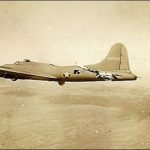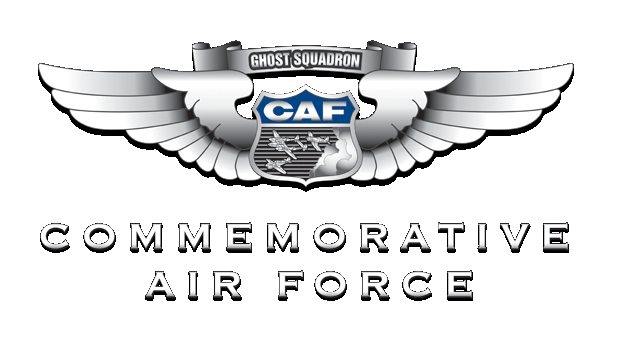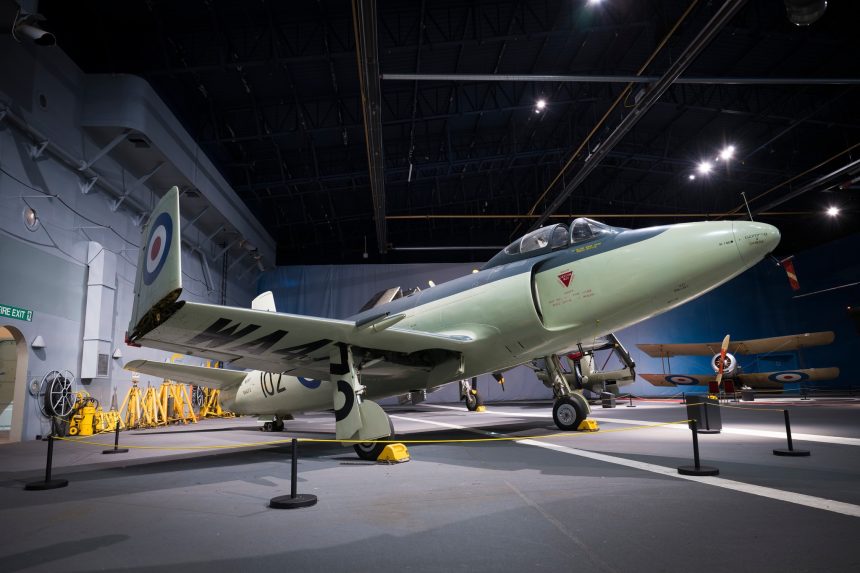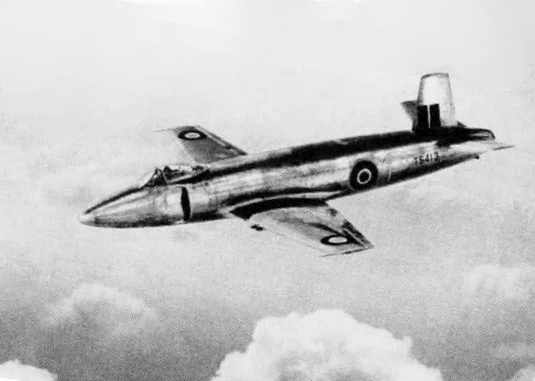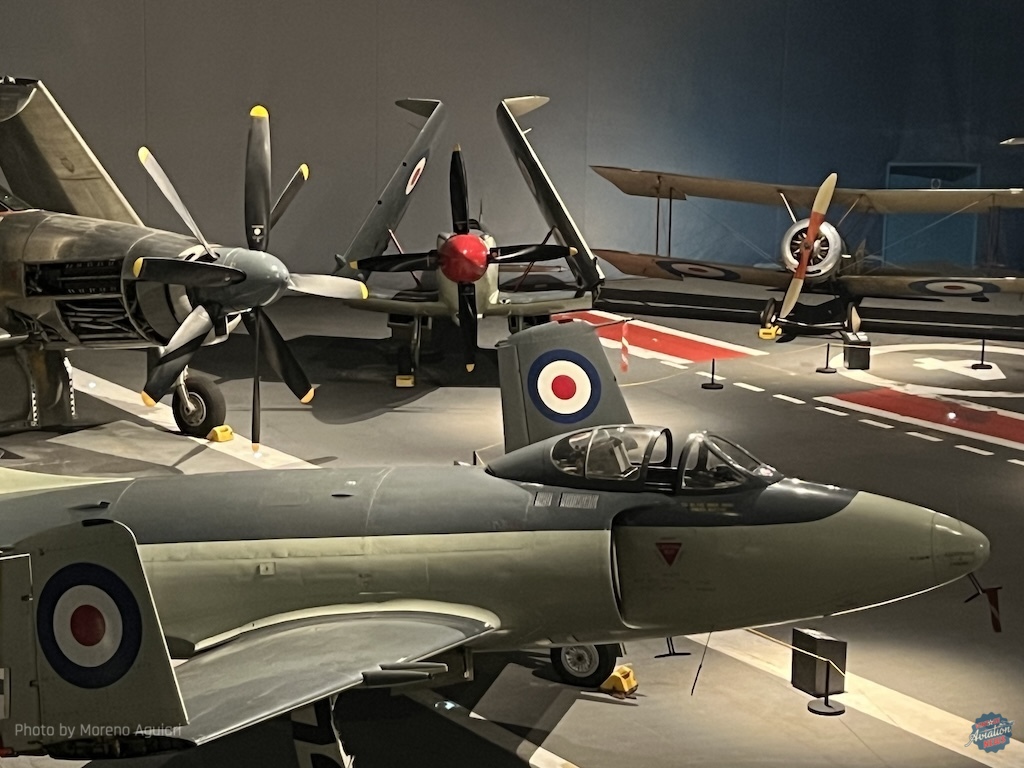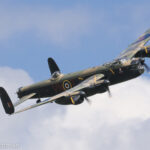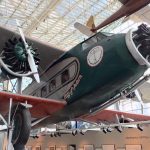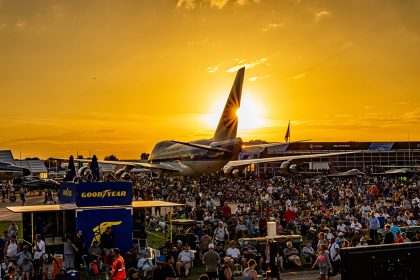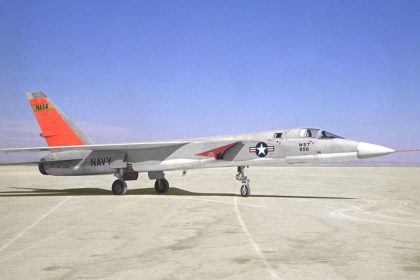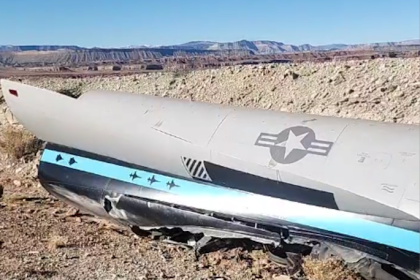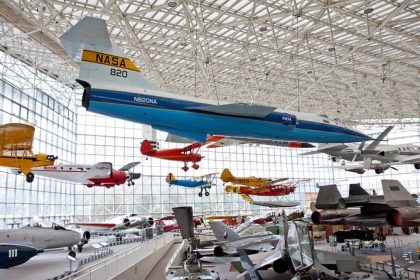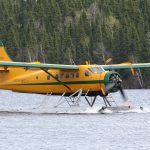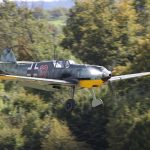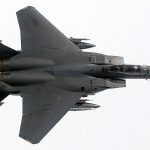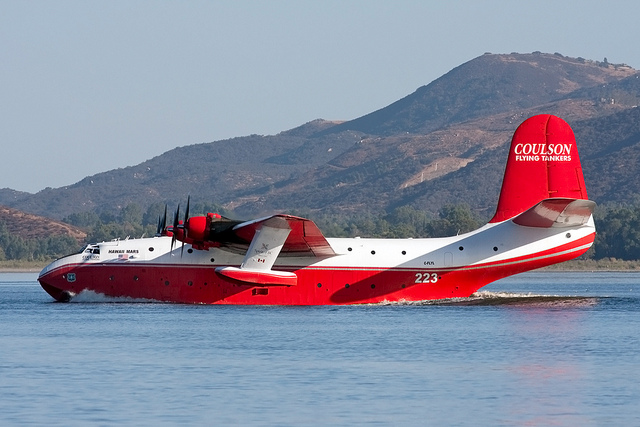Today marks the 75th anniversary of the Supermarine Attacker F.1’s first flight on May 5, 1950. The Attacker was a single-engine jet fighter developed for the Royal Navy’s Fleet Air Arm (FAA), and it holds the distinction of being the first jet aircraft to enter FAA service. Although the prototype initially flew on July 27, 1946, the design underwent four years of development and refinement to resolve early handling issues before entering operational use.
Powered by a Rolls-Royce Nene turbojet engine producing 5,000 pounds of thrust, the Attacker F.1 had a top speed of 590 miles per hour and a range of 590 miles. It could climb at a rate of 6,350 feet per minute to a service ceiling of 45,000 feet. The aircraft was armed with four 20mm Hispano Mk V cannons, giving it substantial firepower for its era.
A total of 182 production Attackers were built, in addition to the original three prototypes. Despite its significance as the Royal Navy’s first jet fighter, the F.1 had a relatively short service life, remaining in FAA service for only four years before being rendered obsolete by rapidly advancing jet technology. The type also saw operational use with the Pakistan Air Force, which flew the Attacker until its retirement in 1964. Though short-lived, the Supermarine Attacker F.1 played a crucial transitional role in bringing jet-powered fighters to Britain’s naval aviation forces. A Supermarine Attacker F.1 is on display at the Fleet Air Arm Museum in Somerset.




